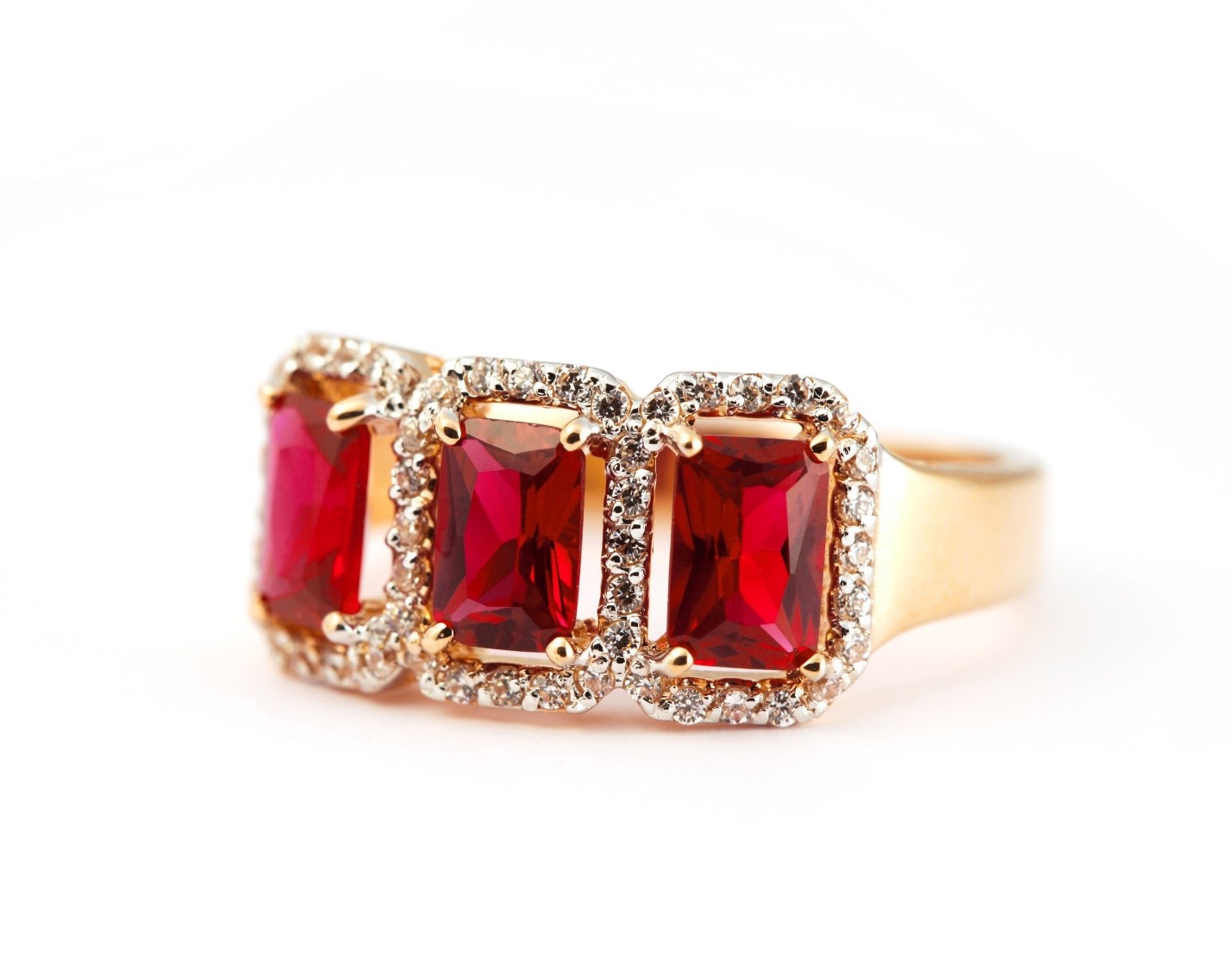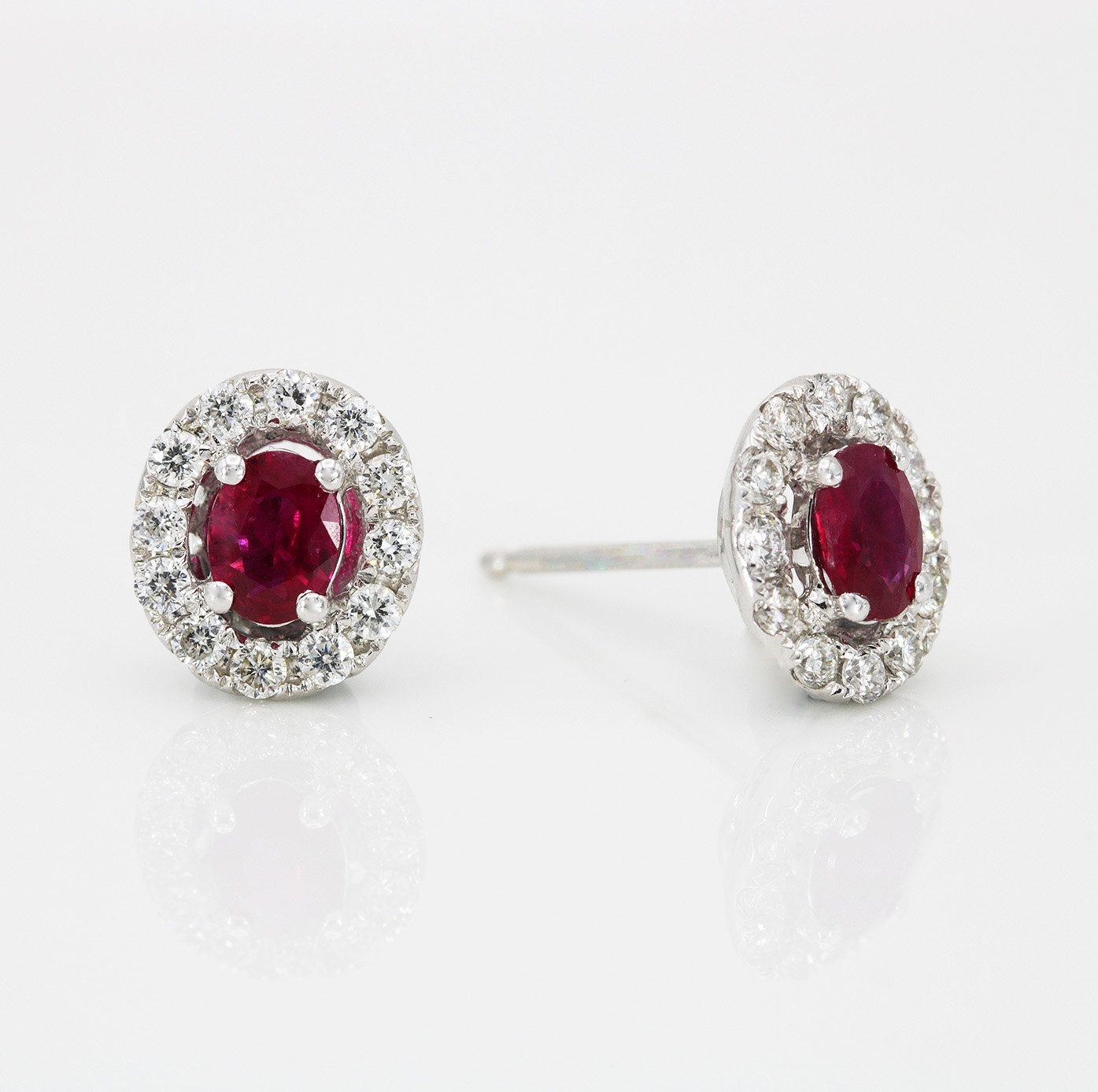Are you shopping for ruby jewellery? These gemstones have been coveted and prized for centuries due to their hardness and durability.
The ruby demonstrates love and prosperity, whereas its vibrant red colour has always been related to love. It symbolizes love and passion, which makes it an ideal choice for engagement rings.
The name of this gemstone comes from the Latin word ruber, meaning red.
The following guide to Ruby jewellery will assist you in your shopping journey.
Choose the right colour
The first aspect of consideration when buying ruby jewellery is selecting the right colour. Although the red ruby colour is a distinguishing feature, most gemstones have secondary colours, like orange, purple, and pink. The value of the stone is actually determined by the presence of secondary hues, especially purple and orange, which make it less valuable.
Pigeon blood rubies are considered the rarest and most valuable due to the absence of secondary colours. Colour is graded in accordance with saturation, hue, and tone. For instance, saturation refers to its intensity, graded on a scale from one to six. When the intensity is low, the stone will appear greyish or brown. High intensity results in a strong and vibrant colour.
Moreover, the hue stands for the basic colour of the gemstone. High-qualities rubies have a red hue. In contrast, tone describes how light or dark the gemstone is. A colourless gemstone is graded 0, whereas a black gemstone is graded 10. When buying ruby jewellery, make sure the stone has a dominant red hue, a dark tone graded 6, and vivid saturation. Considering its high value, you should expect a high price as well.
Check the clarity
The following factor to consider when shopping for such jewellery is the clarity of the stone. It’s common for natural stones to have certain inclusions in the form of fine lines, spots, or gas bubbles. Nevertheless, a high-quality stone is expected to have no visible inclusions, which might lead to chipping or cracking. The lower the number of inclusions, the higher the price.
When looking for inclusions, make sure to ask the jeweller to see the stone under a microscope or loupe. There should be no cloudiness or inclusions that reach the surface, as these make jewellery pieces weaker. Anyhow, there is a single exception as far as inclusions are concerned, referring to the imperfections that cause rubies to have a star-like effect, called asterism. Find out more about the meaning of asterism that originates from astronomy.
In addition, rubies that exhibit signs of asterism must be cut carefully for the star appearance to be maximized. Let’s go back to the types of inclusions, which are graded by professionals using a special grading system. According to this system, VVS inclusions are minor and have no effect on the stone’s appearance.
Furthermore, those labelled with SI1 are slight with an insignificant effect on brilliance. SI2 inclusions have a slight effect on the stone’s brilliance. I1 is the grade used for obvious inclusions, while I2 is a grade given to prominent ones. Stones labelled with I3 have multiple prominent inclusions.
Check for enhancements
Another piece of shopping advice to follow when buying ruby jewellery is checking for enhancements. The majority of rubies available for purchase on the market have had some treatment done to them to enhance the colour or stone clarity. Buyers should assume that the jewellery they purchase has undergone heat treatment, which has no diminishing effect on its value.
Heat treatments are performed to promote stone clarity and colour, as well as eliminate any rutile that might alter its appearance. The temperature at which rubies are heated goes up to 1800 ˚F. Keep in mind that this treatment is accepted in the market.
Glass filled treatment, on the other hand, has increased in popularity in recent times because of turning low-grade into high-grade rubies. This treatment involves bleaching the stone, filling any fissures and cracks with glass, and ultimately colouring the stone to provide it with vibrant red colour. Even though these gemstones seem beautiful on the outside, they are less stable and likelier to break when exposed to chemicals or heat.
The flux healing treatment is used for preventing rubies from sticking together. The stones are coated with a flux material layer that protects them from sticking. The flux material is capable of penetrating into the stone’s depths and filling all the cracks and crevices. It’s worth remembering that this treatment doesn’t diminish the value of the gemstone. See this link, https://en.wikipedia.org/wiki/Ruby, to check out the physical properties, occurrence, mining, and history of rubies.
Consider the origin
Another factor to consider when shopping for such jewellery is the gemstone’s origin. The origin is particularly important to buyers wishing to purchase a jewellery piece of high value. These gemstones are mined in specific locations around the globe, mainly in Asia and Africa. Some of these locations include Shri Lanka, Mozambique, Thailand, Myanmar, Cambodia, Pakistan, and Zambia. Nevertheless, those mined in Burma, nowadays named Myanmar, are valued as the finest gems.
Burmese rubies are incredibly rare nowadays, which also makes them more expensive. If looking for the absolute best quality, make sure the jewellery piece you purchase originates from Burma. The Mozambique source of such gems wasn’t discovered until 2009, but the gems coming from these mines are surprisingly beautiful. Conversely, Indian rubies are the cheapest and have a darker tone.
Consider the jewellery style
These gemstones look appealing in all types of jewellery, ranging from rings and earrings to necklaces and bracelets. If looking for a modern jewellery piece, you should pair white gold and ruby. For a classic appearance, you should pair it with yellow or rose gold. There is a wide selection of vintage-inspired engagement rings, which are durable and valuable.
A final note
We hope the above-mentioned tips will prove valuable in choosing an appealing, durable, and high-quality jewellery piece.
Make sure you do not get ripped off or tricked while shopping!


